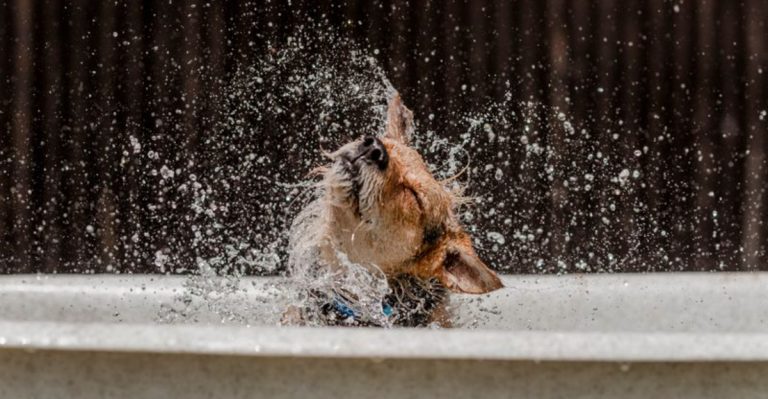The Ultimate Guide To Introducing Your Pup To A Dog Park
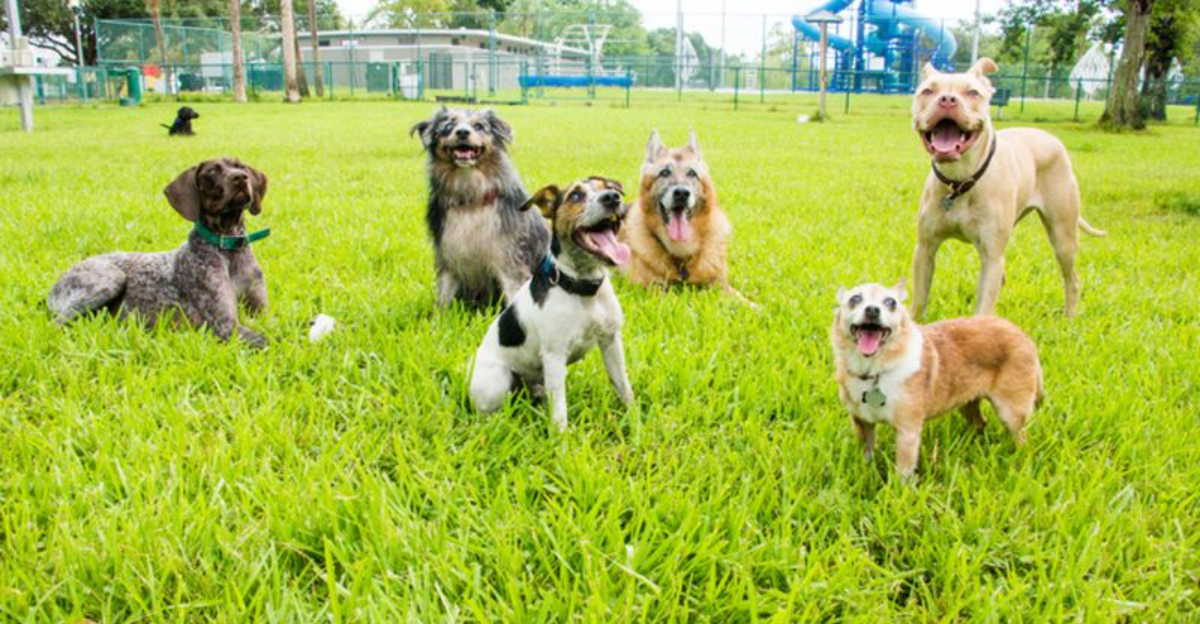
Taking your furry friend to a dog park can be a thrilling adventure, but it’s essential to prepare them properly.
Dog parks offer fantastic opportunities for socialization, exercise, and pure doggy joy. Here’s how to make your pup’s first dog park experience positive and stress-free for both of you.
Start With Some Quiet Time
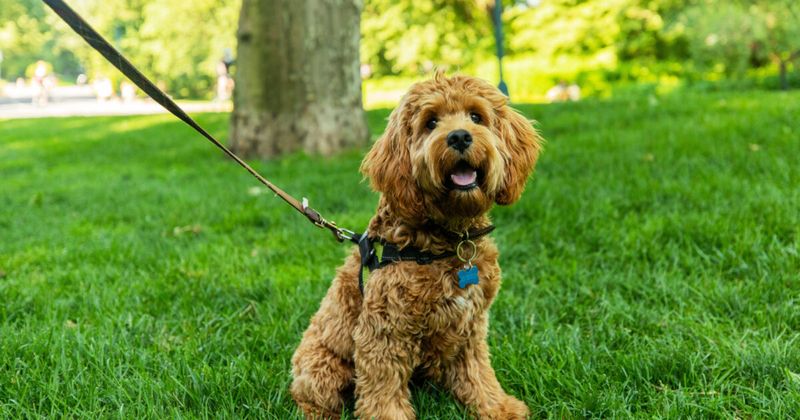
Early mornings or weekday afternoons typically have fewer canine visitors, creating a perfect low-pressure environment. Your pup won’t feel overwhelmed by a crowd of unfamiliar dogs rushing to greet them.
This calmer setting allows your dog to explore the park’s smells and sights at their own pace before the regular rush arrives.
Choose The Right Park
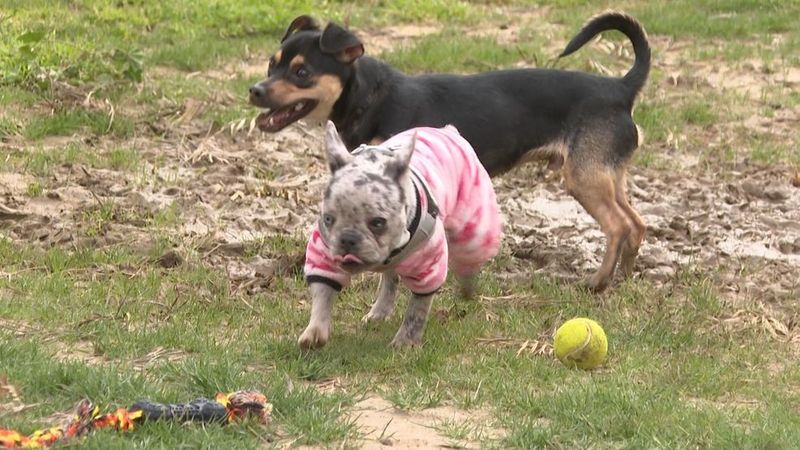
Not all dog parks are created equal! Some feature separate areas for small and large breeds, preventing your Chihuahua from becoming a Great Dane’s playmate unwillingly.
Research parks with secure fencing, clean conditions, and shade options. The ideal park matches your dog’s energy level—some parks attract more rambunctious players than others.
Use A Leash For Control
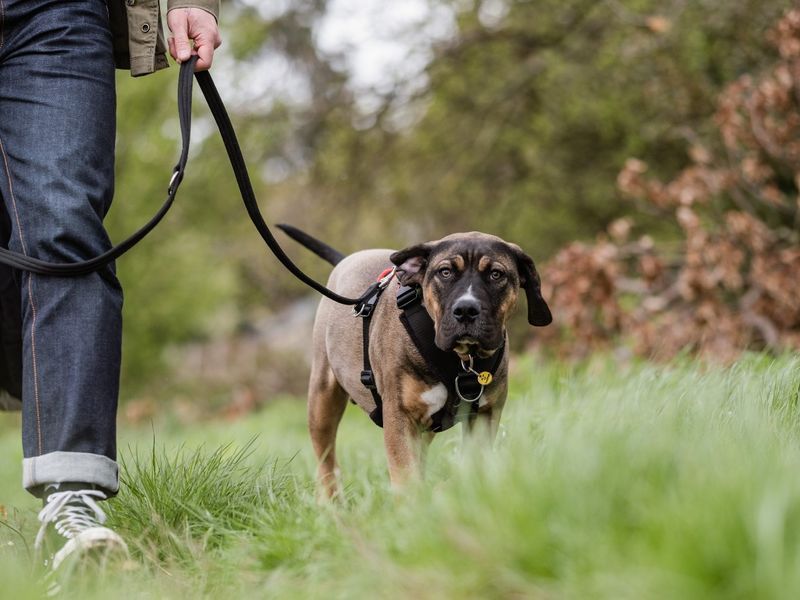
Walking the perimeter on-leash gives your pup a chance to survey their new playground safely. This boundary tour helps them understand the park’s limits while staying connected to you for security.
Many parks have double-gated entry areas specifically designed for this transition. Only unclip after your dog shows comfortable, relaxed body language.
Allow For Gradual Introductions
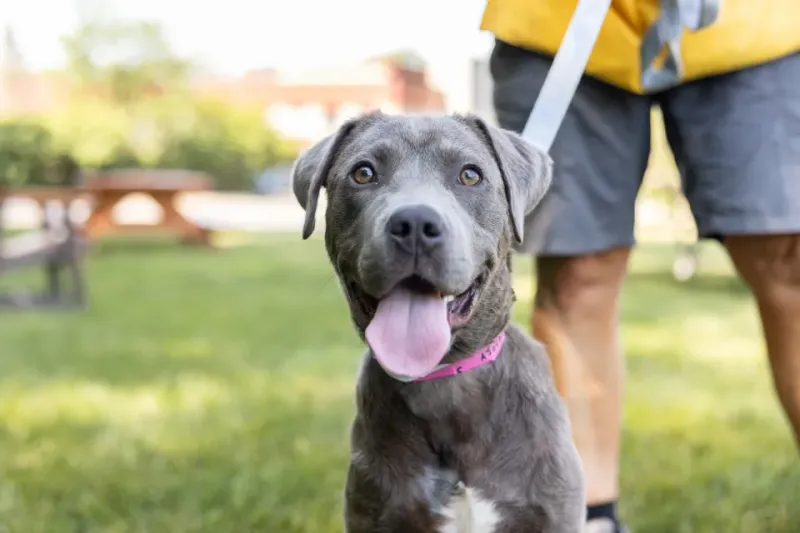
Rush hour at the playground isn’t the best time for shy puppies! Position yourselves at a comfortable distance from the action first. Watch how your dog reacts to other canines from afar.
Their tail position, ear movement, and overall body language will tell you when they’re ready to join the party—never force interactions if they seem hesitant.
Stay Calm And Positive
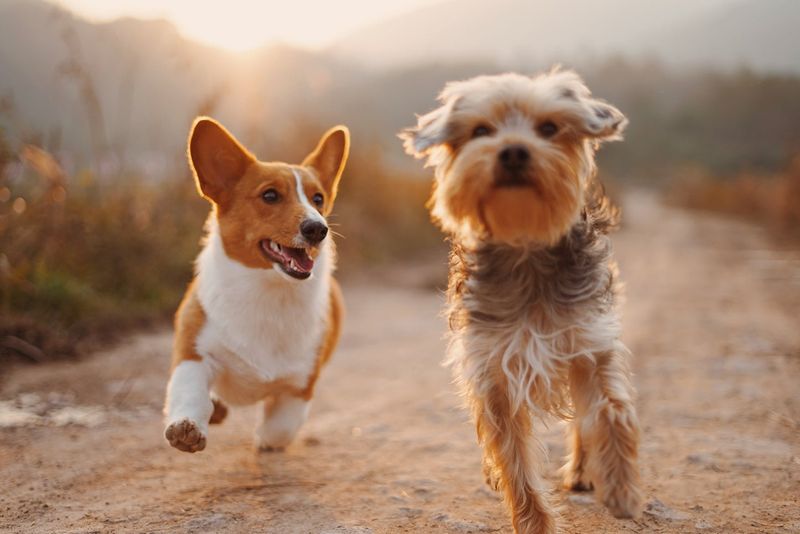
Your four-legged friend has an emotional radar that picks up your feelings instantly! If you’re anxious about potential doggy disagreements, your pup will sense it and become nervous too.
Take deep breaths and maintain a relaxed posture. Speak in upbeat tones when encouraging exploration, reinforcing that this new place is associated with fun, not fear.
Observe Body Language
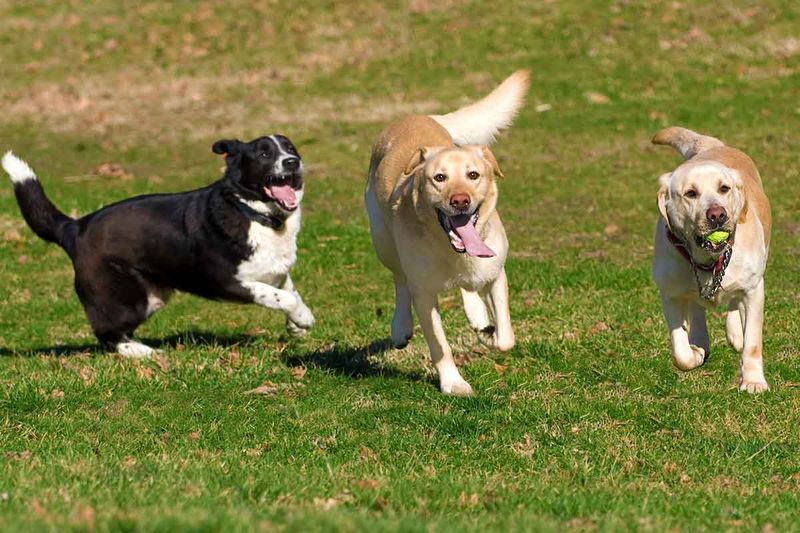
A tucked tail, flattened ears, or excessive panting might signal your pup feels overwhelmed. These subtle cues often appear before more obvious signs of distress.
Play bows and relaxed, bouncy movements indicate your dog is having fun. Learning to read these signals helps you intervene before small discomforts escalate into negative experiences.
Encourage Play, Not Conflict
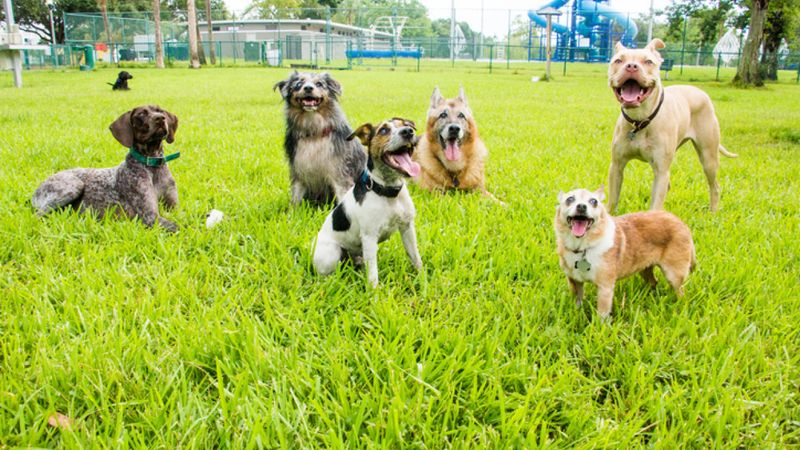
Healthy play involves taking turns, pausing naturally, and mutual engagement. Watch for balanced interactions where both dogs seem equally enthusiastic about the game.
Stiff postures, growling, or one dog consistently pinning another might signal playtime needs a reset. A cheerful voice calling your dog for a quick break can prevent tensions from building.
Bring Water And Treats
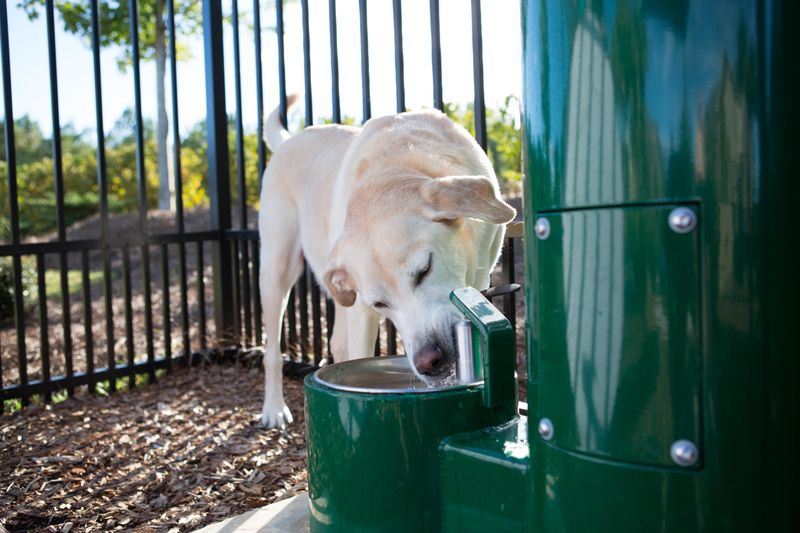
Excitement and exercise make for thirsty pups! A collapsible water bowl and fresh water ensure your dog stays hydrated during play sessions.
High-value treats serve multiple purposes—rewarding good recalls, creating positive associations, and giving your dog brief breaks from overwhelming situations. Small, soft treats work best for quick rewards without disrupting the fun.
Monitor The Entire Session
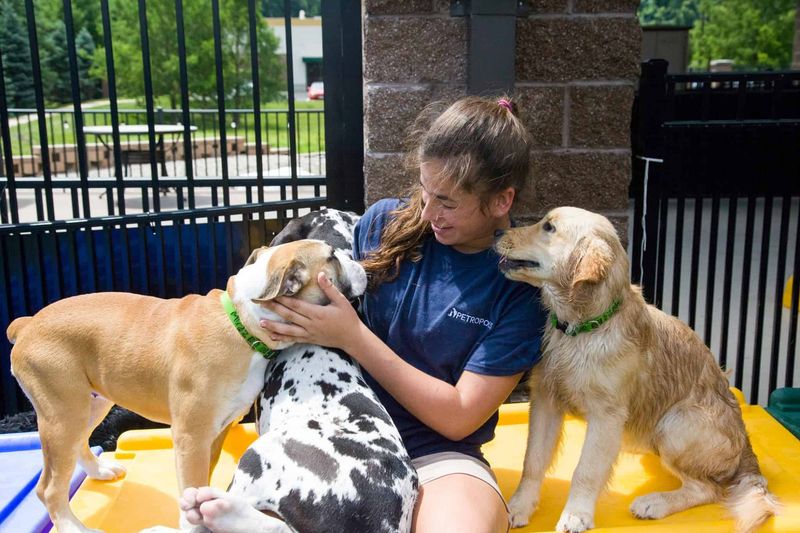
Scrolling through social media while your dog plays might seem tempting, but active supervision prevents problems. Responsible pet parents keep eyes on their dogs throughout park visits.
Notice how your dog interacts with different playmates. Some personalities mesh better than others, and learning your dog’s social preferences helps you guide them toward positive experiences.
Gradually Increase Time Spent
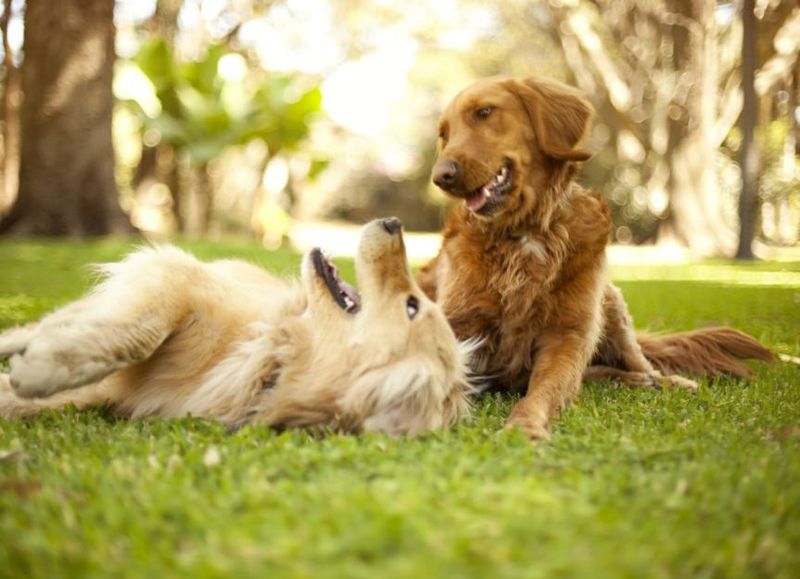
First visits should be brief—just 15-20 minutes is perfect! Short, positive experiences build confidence without risking overstimulation or fatigue.
Each successful visit can extend slightly longer as your pup builds stamina and social skills. Even seasoned park-goers benefit from time limits, as tired dogs are more likely to make social mistakes or become irritable.






